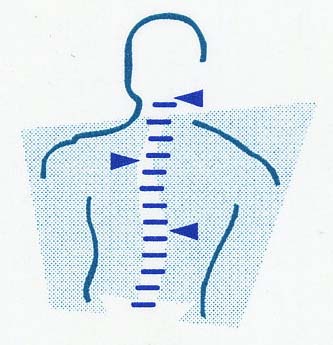via apta.org – – – APTA is highly encouraged by the proposal within President Obama’s fiscal year 2014 budget, released yesterday, to exclude therapy services, including physical therapy, along with radiation therapy and advanced imaging from the in-office ancillary services (IOAS) exception of the Stark self-referral laws.
The Office of Management and Budget concluded that closing the loophole for these services would provide a savings of $6.1 billion over the standard 10-year budget window, providing further evidence that these self-referral arrangements lead to overutilization of Medicare services and should be addressed by Congress.
On its own for many years and more recently as part of the Alliance for Integrity in Medicare (AIM) coalition of medical specialty, laboratory, radiation oncology, and medical imaging groups, APTA has long advocated for exclusion of physical therapy from the IOAS exception. APTA agrees with the Administration’s proposal on physician self-referral and believes this issue should be addressed as part of any fundamental delivery system reform.
APTA and its AIM partners continue to be gravely concerned about the ongoing misapplication of the IOAS exception to the physician self-referral law, believing this loophole results in increased spending, unnecessary use of medical services, and potentially compromised patient choice and care. Studies published by the New England Journal of Medicine, Health Affairs, and the Government Accountability Office, among others, have highlighted abuses that result from physician self referral. These ongoing issues serve only to erode the integrity of the Medicare program and undermine patient care.
APTA and AIM now strongly urge the 113th Congress to follow the recommendations of the Administration budget and pass legislation to remove physical therapy, advanced diagnostic imaging, anatomic pathology, and radiation therapy from the IOAS exception.
 By: Jeff Cohen
By: Jeff Cohen


